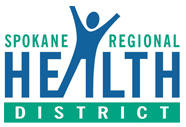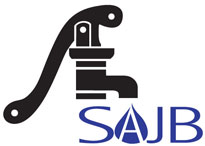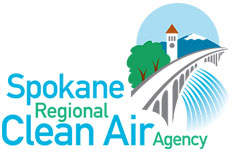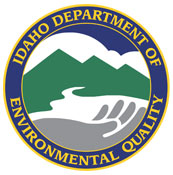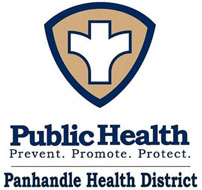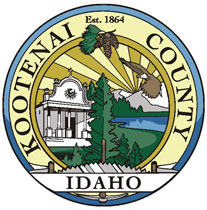Waste » Business » Empty Container » Empty Container
Containers that once held dangerous waste can be handled as non-dangerous solid waste if they fit the definition of "empty containers."
The term "empty" applies whenever all contents of a container have been removed by normal no-nonsense means, such as inverting and draining, shaking, scraping, or scooping. After all common methods are used, the container will be considered empty when the following applicable conditions are met:
- Small containers (less than 110 gallons), are empty when no more than one inch or 3 percent of container volume remains.
- Large containers (greater than 110 gallons), are empty when no more than 0.3 percent of container volume remains.
Aerosol Cans are a special kind of empty container, because the contents are under pressure. Containers holding compressed gases are empty when the pressure inside the container is equal or nearly equal to atmospheric pressure.
To learn more about empty containers, consult The Department of Ecology's "Safe Handling of Empty Containers PDF."
Storing Empty Containers
Store empty containers in an area protected from the weather and where employees cannot accidentally add waste material. Rain and melted snow can collect inside a container that you thought was empty and create a large volume of potentially hazardous waste. If stored upright, make sure the container is covered, bungs are tightly in place, all old labels are removed and the container is marked, "Empty."
It is also a good idea to add the name of the product last stored in the container and the date it was emptied.
Reuse, Recycling and Disposal of Empty Containers
First, you must remove all free product. Keep rinse water to a minimum. Materials like solvents, pesticides, and oil-based paints mixed with rinse water need to be designated and disposed of according to local, state, and federal regulations. Containers which held acute hazardous waste or toxic extremely hazardous waste must be triple rinsed before they are disposed, reused, or recycled. Containers that held pesticides often need to be triple rinsed. Do not dump product or rinse water on the ground or down the drain.
If on-site reuse is not an option for you, and your larger metal containers are completely empty, they may be recycled through a drum-reconditioning firm. Scrap metal recyclers may also take metal drums.
The Department of Ecology's "Safe Handling of Empty Containers PDF"


